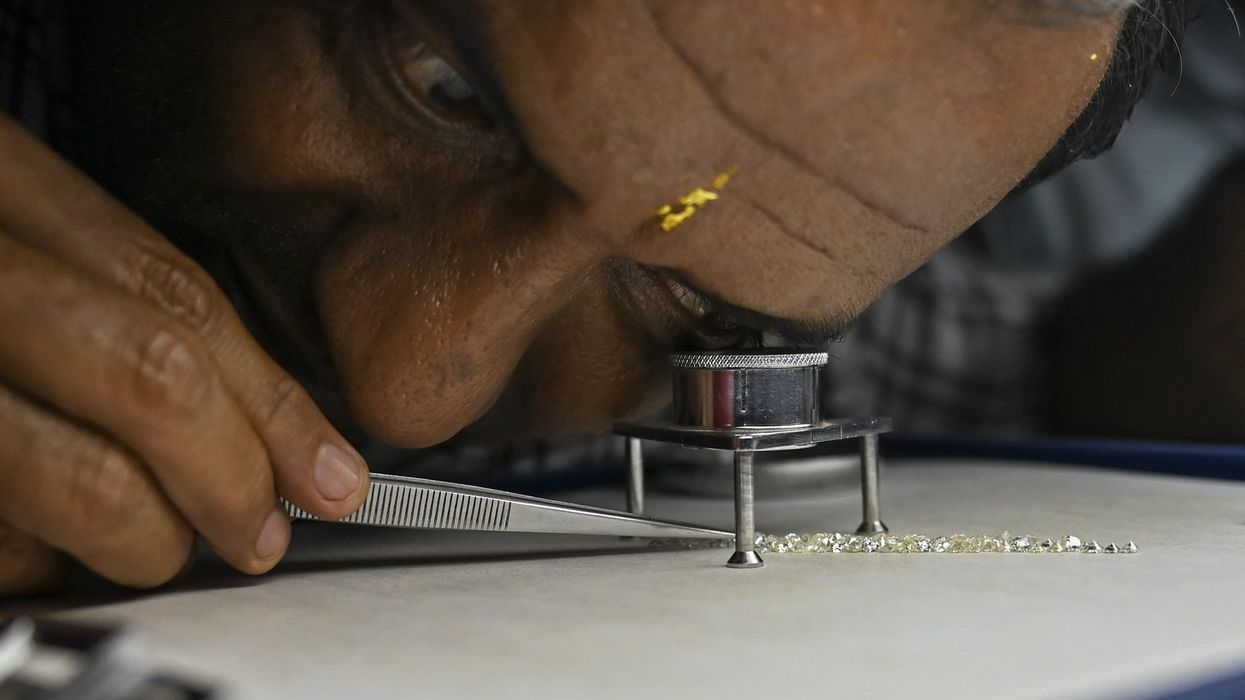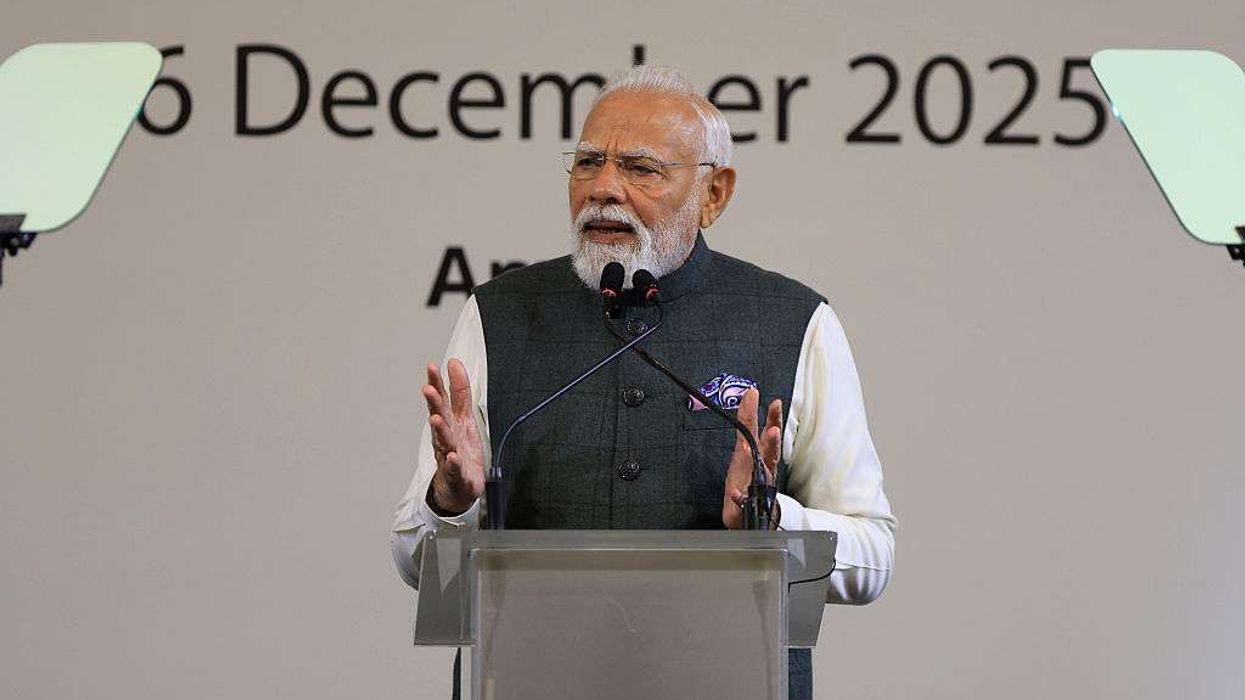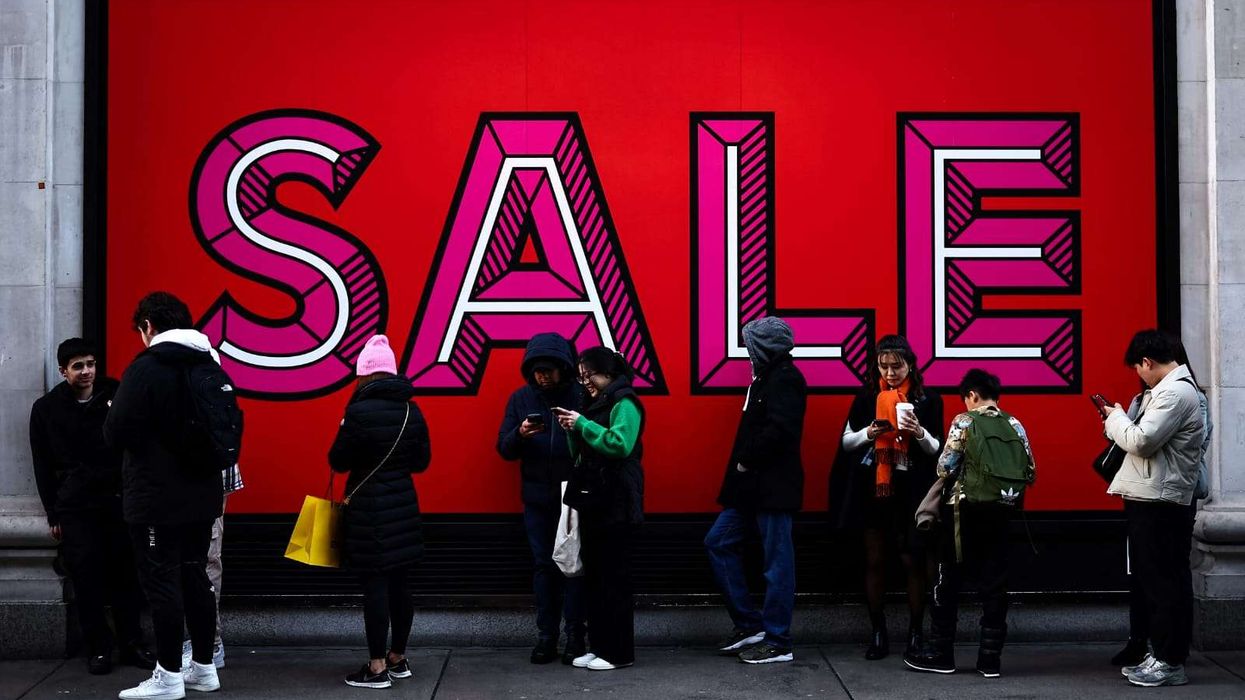A WAVE of anxiety has gripped India’s diamond polishing hub of Surat, as hefty US tariffs threaten to undermine the country’s gem and jewellery exports, putting at risk the livelihoods of thousands of workers.
The US, which takes more than 30 per cent of the south Asian nation’s gem and jewellery exports, set a 26 per cent reciprocal tariff on it last Thursday (3), at a time when demand is softening in other key markets such as China, the Middle East, and Europe.
“Tariffs will hit hard the demand for diamonds in the United States and job losses look inevitable, at least in the short term,” said Dinesh Navadiya, chairman of the Surat-based Indian Diamond Institute.
Surat, the second-largest city in Gujarat, the western home state of prime minister Narendra Modi, processes and polishes more than 80 per cent of the world’s rough diamonds, and India accounts for nine in every 10 diamonds processed globally.
Business has ground to a halt in its teeming diamond market, where more than 10,000 traders and brokers gather each day, as the industry tries to figure out how matters will evolve in the coming months.
Conditions are worse than during the 2008 financial crisis, when the industry was plagued by fears of a prolonged recession, said Mansukh Mangukiya, a diamond trader for five decades.
A slowdown in the industry will hit all manufacturers, but smaller players will suffer most, said Sevanti Shah, chairman of Venus Jewels, adding, “Many smaller manufacturers will have no choice but to shut down.”
The US accounted for nearly $10bn (£7.67bn), or 30.4 per cent, of India’s annual gems and jewellery exports, totalling $32bn (£24.5bn) in 2023-2024.
Gems and jewellery are India’s third largest export to the US, after engineering and electronic goods, and employ millions of workers, including artisans.
Poorer business prospects also raise questions about the future of the Surat Diamond Bourse, inaugurated by Modi in 2023 to create thousands of new jobs and serve as a trade hub.
Built over 6.6 million square feet, it was touted as the world’s largest office building, surpassing the Pentagon.
The industry will seek alternative markets to compensate for the loss of US demand, but no other country will be able to replace the US market, diamond dealers said.
The sudden decline in US demand would require short-term production adjustments within the industry and could lead to reduced rough diamond imports, said Shaunak Parikh, vice chairman of the Gem and Jewellery Export Promotion Council.
Exporters are making lastminute efforts to ship as much as possible to the US before its new tariffs take effect, Parikh said, while orders that cannot be delivered earlier may be cancelled or put on hold.
The tariffs will also drive up US prices, crimping demand, said Vipul Shah, managing director of Asian Star, a leading diamond exporter.
An uncertain future lies ahead for Chetan Navadiya, a diamond manufacturer turned job-work contractor. “I lost my business due to the market slowdown,” Navadiya said. “I took up job work to survive, but even those contracts may not come by now, because of US tariffs.”
Paresh Parekh, partner and retail tax leader, EY India, said “Indian gems and jewellery sector has been already struggling since last few years due to changing customer preferences, lab grown diamond technology, demonetisation, soaring gold prices, and competition for polishing from other countries. The US tariff developments now create additional adverse impact on the sector, with real risk of job losses and margin erosions.
“The exposure to US or this sector is huge. Till now, India’s tariffs on gold jewellery imports are around 20 per cent which is higher than US import tariff (five per cent plus). The US levied earlier nil tariff on cut and polished diamonds while India levies five per cent. The sector hopes India covers this sector in its negotiations for trade deal with the US.”












